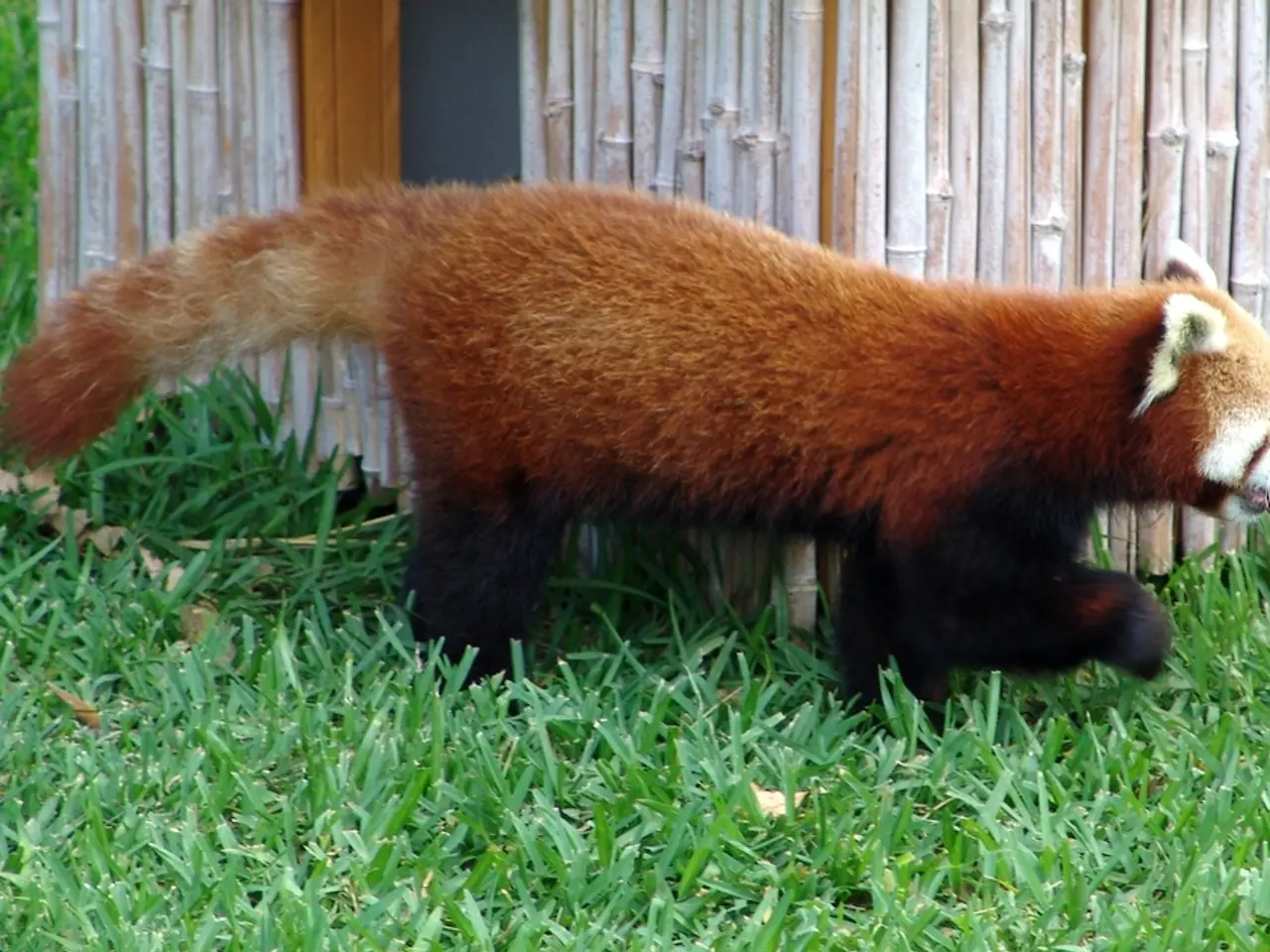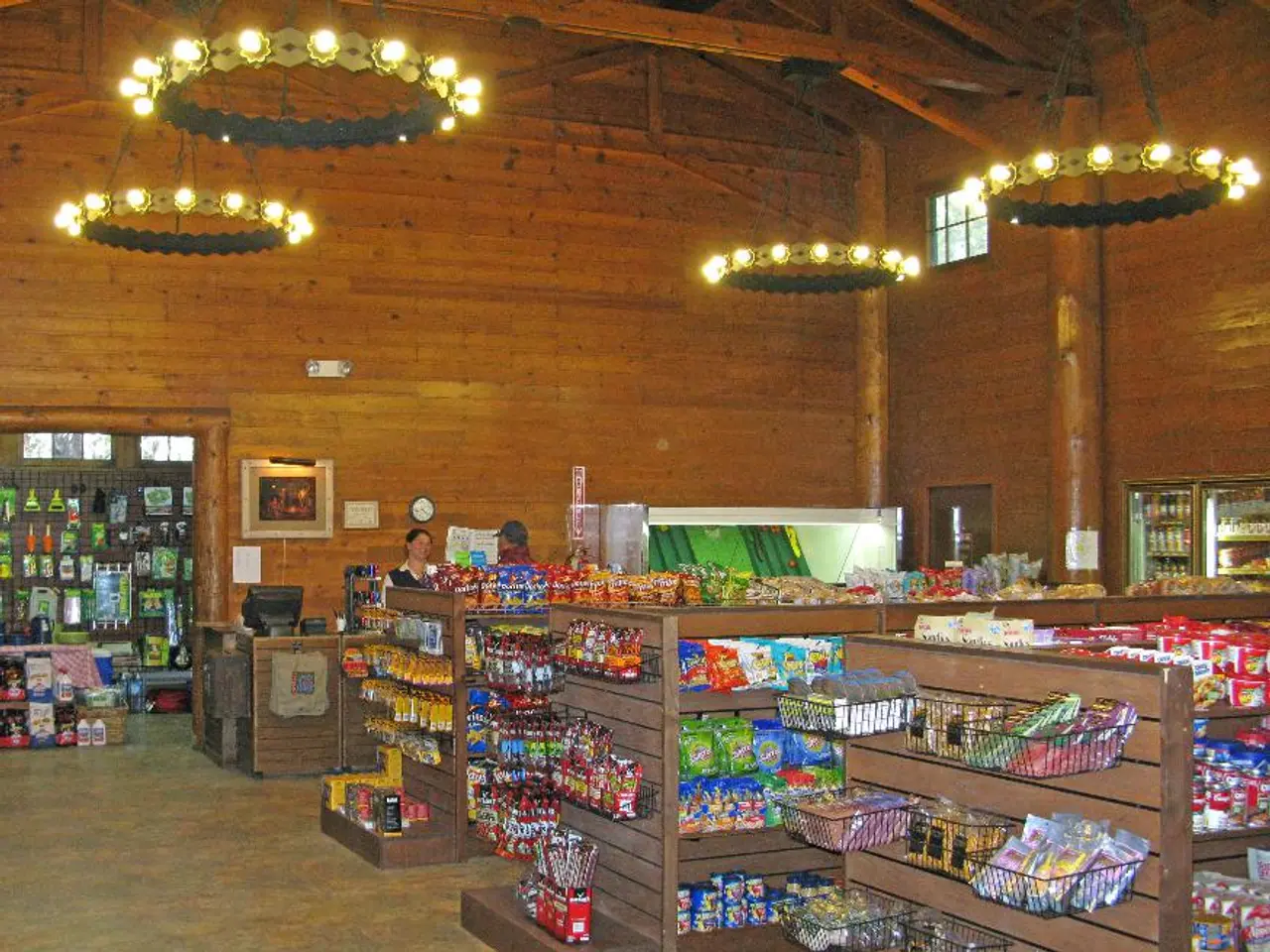Newborn Red Panda Cubs Emerge in Sikkim Zoo After Seven Years: Essential Facts Disclosed
In a significant victory for conservation, red panda cubs have been born at the Sikkim Zoo. This marks the zoo's first successful breeding in seven years, offering hope for the endangered species.
The Himalayan Zoological Park in Gangtok, open to visitors, provides tourists with the opportunity to observe red pandas in a semi-natural habitat. These elusive creatures prefer mixed deciduous and conifer forests with dense bamboo undergrowth, thriving primarily in high-altitude regions between 2,200 and 4,800 metres.
However, the red panda's habitat faces numerous threats. Expanding agriculture, logging, and infrastructure development have led to widespread deforestation, fragmenting the red panda's forest habitat. This not only isolates red panda populations but also reduces access to food and shelter.
Poaching remains a serious threat to red pandas, as they are hunted for their fur and sometimes captured for the illegal pet trade. The red panda, native to the Eastern Himalayas and parts of southwestern China, is currently listed as Endangered on the IUCN Red List of Threatened Species.
The range of red pandas includes the mountainous areas of Nepal and Bhutan, as well as the Indian states of Sikkim, Arunachal Pradesh, and the Darjeeling and Kalimpong districts of West Bengal.
The conservation programme at the Himalayan Zoological Park in Sikkim has a rich history. A key turning point was the introduction of Lucky and Ram, both of wild origin, in 2005. The park's Red Panda Conservation Breeding Programme began in 1997, initially consisting of two pandas: Preeti from Rotterdam Zoo and Jugal from the Padmaja Naidu Himalayan Zoological Park in Darjeeling.
The cubs, born on 15 June 2025 to red pandas Lucky (II) and Mirak, are a testament to the success of these conservation efforts. Conserving the fragile forest ecosystems of the Eastern Himalayas is crucial for the survival of red pandas and other species facing similar challenges.
Conservation efforts focus on habitat restoration to reconnect forest patches, captive breeding programs to maintain genetic diversity, vaccination campaigns against diseases, and community-based eco-tourism initiatives aimed at providing alternative livelihoods to reduce forest dependency. By addressing these challenges, we can ensure a brighter future for the elusive red panda.
[1] Xu, J., et al. (2017). Status Survey and Conservation Action Plan for the Red Panda Ailurus fulgens. IUCN. [2] Wang, Y., et al. (2018). Genetic diversity and population structure of red pandas in China. Conservation Genetics, 19(5), 873-886. [3] Shrestha, A., et al. (2019). Red Panda Conservation Action Plan for Nepal 2019-2028. WWF Nepal. [4] Bhutia, S. K., et al. (2020). Status, threats, and conservation of the red panda (Ailurus fulgens) in India. Journal of Threatened Taxa, 12(11), 24809-24820.
- The success of the red panda cubs at the Sikkim Zoo highlights the importance of environmental science in addressing climate-change impacts on endangered species.
- While home-and-garden projects can contribute to maintaining a sustainable lifestyle, it's crucial to consider the potential effects on rare species like the red panda, such as impacting their habitat.
- Incorporating sports events in fundraising efforts for conservation programs, like the one for the red pandas, can generate public engagement and support for the protection of the environment and its diverse FAUNA.




